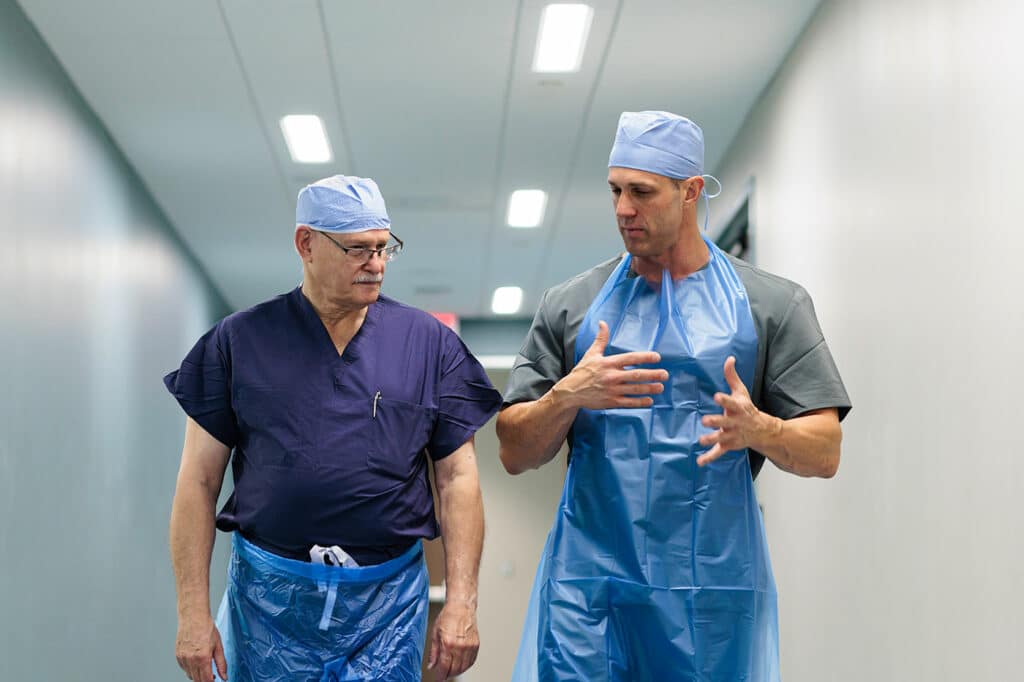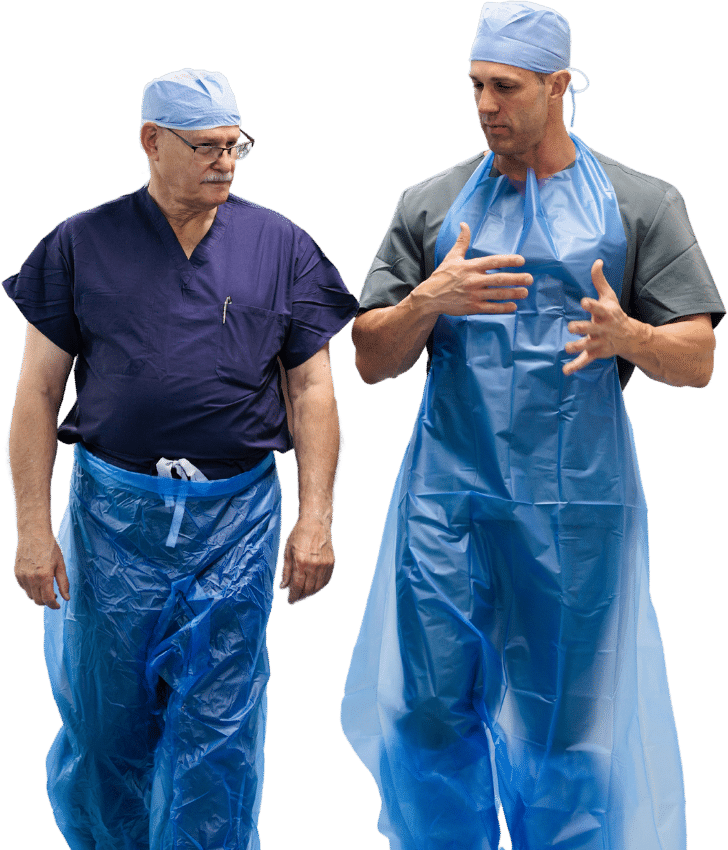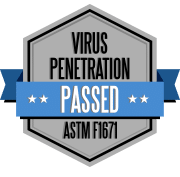Is the quality of your PPE lacking? PPE offers a critical line of defense for healthcare workers and quality plays an important role in both durability and performance. While PPE covers a wide range of applications, it’s especially important as a barrier against pathogens in surgical environments.
From the manufacturing facility to the shipped product, consider these five things to ensure your PPE is up to snuff.
Barrier Protection and the Transfer of Pathogens
The first priority when selecting PPE for any purpose is the protection it provides users. The barrier created by a simple face mask can be lifesaving and surgeons and hospital staff rely on this protection every day.
When you look at PPE, think about how the quality and materials will ultimately serve to protect your staff from dangerous pathogens. Pursuing the most cost-effective route upfront can backfire as more product is used when tearing requires replacement during surgeries.
Focus on nitrile materials for gloves to avoid allergic reactions and invest in quality barrier materials for every piece of PPE worn, especially in surgical environments.
Materials and Design Quality
Creating a barrier of protection requires the right set of materials. Latex, vinyl and nitrile materials are used in gloves. Vinyl is ideal for light contact while nitrile gloves offer a better barrier for surgical environments. Latex is also excellent but poses a problem for allergic individuals according to the Wisconsin Department of Health Services.
Gowns are disposable but they should also stop fluid transfer from contacting covered areas. Masks should also be FDA-approved for reducing possible fluid transfer. In cases where fluid transfer is likely, wearing a face shield or eye protection is also recommended.
The combination of mask, gown, gloves and eye protection ensures the sterile field (above the waist) is protected by high-quality PPE.
Protection below the sterile field is optional, yet many surgeons and healthcare workers find themselves ruining perfectly good shoes and clothing during fluid-heavy procedures. Extending the protection with footwear and leg coverings can add an important barrier while saving the clothing and shoes of your healthcare professionals.
Protection for Healthcare Worker Garments
Scrubs, shoes and personal clothing are not designed to be fluid or pathogen barriers (protective clothing) yet they remain exposed during fluid-heavy surgeries. Shoes are especially vulnerable when fluids reach the floor area and make contact with personnel.
Surgeons, nurses and staff operating in close quarters often find shoes and clothing soaked and ruined. Some individuals wear rubber fishing boots but they are not necessarily comfortable and they require washing and sterilization after surgeries.
Protect your healthcare workers during messy and fluid-heavy procedures that contaminate clothing and footwear. High-quality foot covers and lower leg coverings will protect clothing and your skin from contact with fluids while also providing traction on a slippery floor.
Performance in Variable Climates
Climate isn’t a major consideration in surgical environments but it does matter in the field. EMT staff and anyone operating off-site to safely treat and transport patients will encounter a wide range of temperatures and conditions.
Consider your home environment and the seasonality or weather patterns. For example, in Florida, heat and humidity present challenges while in Idaho, cold and snow can challenge PPE in the field.
In extremely hot environments, PPE can increase the heat burden on individuals. If they must wear heavy-duty PPE, more breaks to cool down and hydrate are necessary. In colder environments, the heavy barriers can help to trap heat but they also must function with heavier clothing when used outdoors.
Overall Durability
While many PPE products are designed for disposable use, durability remains an important factor. If gowns and gloves tear during surgeries, the sterile environment can become compromised and the barrier of protection is removed.
Moreover, tearing requires replacement which ultimately increases the number of items used (and your overall costs). Breakdowns in quality can delay surgeries and disrupt timelines in your clinic as well.
When the price point looks too good, inquire about the manufacturer and the reputation for quality attached to the brand. Consider the supply chain when sourcing PPE and use trusted brands, distributors and known manufacturers. Whenever possible, look for manufacturers in the North America supply chain for reliability and localized quality control.
At Sloan Medical, we make high-quality PPE that protects your staff from fluid transfer in the operating room. Create a safe OR by keeping surgeons and nurses dry as they work through difficult surgeries with our STA-DRI series of gowns, leg and foot coverings. Get in touch to learn more today.





